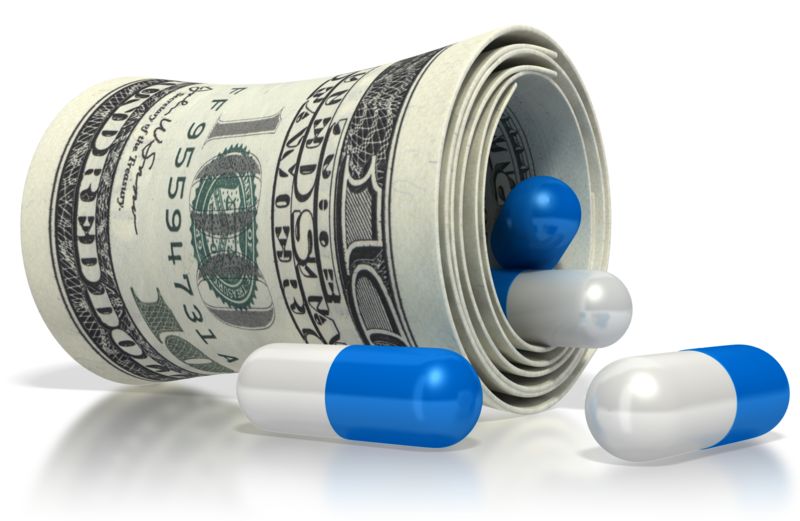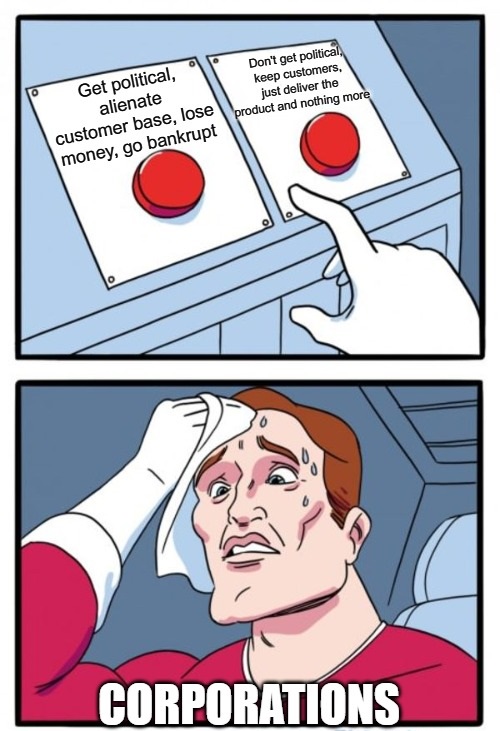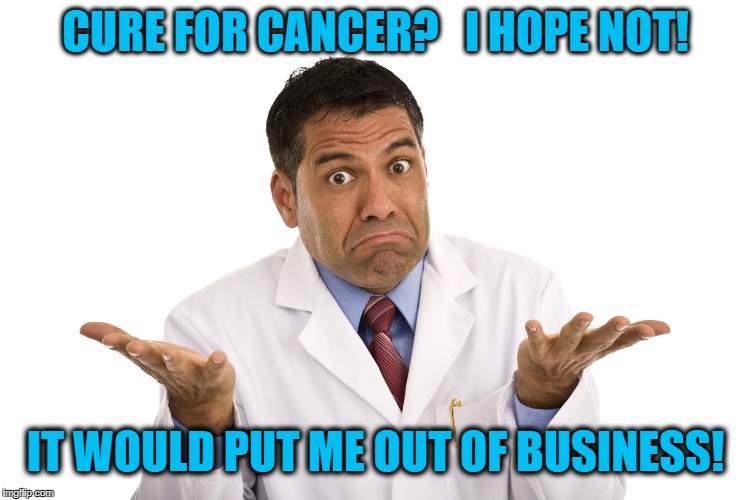Useless medications.

Are useless medications still available?
Hello, dear readers! Have you ever found yourself in a situation where your doctor prescribed you medication, you spent money on it, but it didn’t help? Sounds familiar? Today, we will dive into the carousel of the medical business and reveal the truth! We will discuss how medical corporations sell us useless medications and simply profit from us.
But first, let’s examine the problem on a global scale. According to the American Public Health Association, today around 133 million Americans suffer from chronic diseases. This is 15 million more than ten years ago! Additionally, researchers have reported statistics showing that from 2017 to 2024, the mortality rate due to this has increased from 19 million to 42 million people. Moreover, only 10% of them are elderly. This is a very serious issue that needs to be addressed.

To solve such problems, we turn to specialists. We trust doctors and corporations, buy medications, and hope for their help. But what if these medications simply do not work? Research shows that nearly 20% of people face this issue. We spend money, yet the result is zero!

Is it true that corporations harm people?
Of course, it would be foolish to claim that all medical corporations are evil. They have long proven their benefit to humanity, which we will discuss later. However, there are cases where they have profited from useless and even dangerous medications. Otherwise, we would not encounter situations where drugs do not work, nor would people have died.
But why does this happen? Because medical corporations sometimes forget about us, the consumers, and focus solely on profit. They spend millions on marketing, influence medical organizations to sell their drugs, despite the potential health risks.
It’s not at all like what we see in advertisements, right? But I won’t just make claims without evidence! Let’s look at specific examples. According to an investigation by The Wall Street Journal, the arthritis drug Celebrex from Pfizer led to the deaths of about 24,000 people from internal bleeding in the first few months after its release.
The company was forced to pay a hefty fine and withdraw the drug from the market.
Another case involves the drug Vioxx from Merck & Co, which, according to results from a medical journal study, claimed around 40,000 lives over five years. Do you think such incidents are rare and the casualties are not that significant?
Then here’s another shocking example. A court ordered GlaxoSmithKline to pay a fine of $3.4 billion for their diabetes medication, Avandia, which led to the deaths of up to 100,000 people.
These are just a few examples, but there are many more. For instance, research indicates that over 110,000 people die each year due to medications for chronic diseases that contain opioids.
Hiding such truths is no longer possible. You may think this won’t affect you or your loved ones. Those people thought the same.
Let’s take a breath. As I mentioned earlier, medical companies do not always harm public health. They also produce insulin, develop antiviral and anticancer drugs.
It is important to understand that there is no absolute good or evil. This applies to medical corporations as well. There are no purely good or purely evil companies. There is a reality that encompasses both.
For example, take Pfizer, which I mentioned. It is known not only for producing a harmful drug that claimed around 24,000 lives but also for making medications to treat HIV and helping people suffering from AIDS. They have created an entire foundation for such individuals. This example illustrates both sides of medical corporations.
How do useless and dangerous drugs reach people?
But let’s return to the topic of the article and ask ourselves the question: how do useless and harmful drugs reach us? Research by scientists can help us understand this.
Often, the reason lies in the insufficient number of clinical trials. When data is lacking, regulatory agencies require companies to monitor the drug after its release. This can happen due to a small number of patients available for trials.
Is politics and business intertwined?
But sometimes, as investigations show, this happens by agreement.
How do they do this? Through lobbying. Lobbying is when companies negotiate with government representatives, use bribery, or act in mutual interests. For example, in 2016, the “21st Century Cures Act” was passed, which simplified the process of drug approval. According to the investigation, the law was signed as a result of lobbying.

In addition, medical companies bribe doctors to promote their drugs. For example, in 2013, Johnson & Johnson paid a fine of $2.2 billion due to bribing doctors.
This information is important to know in order not to be deceived by those we trust, namely doctors and corporations.

Who is responsible for our health?
Ultimately, you are responsible for your own health, followed by doctors and drug manufacturers.
Thus, we come to a conclusion. We discussed how useless and dangerous drugs can reach us, and how this affects our health. Legal cases confirm that medical corporations often prioritize profit over the consequences for people.
Let’s reflect. Are there really useless and dangerous drugs on the market? Yes, this is a fact. Do they bring profit? Yes, otherwise they wouldn’t be produced. Is this a crime? Yes, because they harm people’s health. Confirmation of this is found in hundreds of criminal cases.
Aren’t you alarmed by the statistics of deaths caused by these drugs? I am alarmed. It’s frightening to realize how many people have died due to the greed of medical corporations. Where is it seen that those who are supposed to help us cause harm?
As we have seen from the examples above, they will simply pay a fine and continue their existence as if nothing happened.
So who can we trust? Only ourselves. To some extent, we are to blame because we do not want to delve into the problem. Instead of monitoring our health, we would rather take pills. Although scientists have long proven that 50% of health depends on lifestyle and only 10% on medications. We discuss this in one of our articles.
Therefore, dear friends, do not forget about your health and take care of it while it is still not too late. If this article has made you think, then you are already on the right path to improving your well-being.
Questions with quick answers:
-
How many patients suffer from chronic diseases? According to the American Public Health Association, approximately 133 million people are affected by chronic diseases today. This is 15 million more than ten years ago! Additionally, researchers have found that from 2017 to 2024, the number of deaths due to this has increased from 19 million to 42 million people. By the way, only 10% of them are elderly.
-
What percentage of the time do medications not work? Research shows that nearly 20% of people face the issue of medications not working.
-
How many people have been harmed by such medications? According to an investigation by The Wall Street Journal, the arthritis drug Celebrex from Pfizer caused approximately 24,000 deaths from internal bleeding within the first few months of its release. The drug Vioxx from Merck & Co has been linked to around 40,000 deaths over several studies published in medical journals. The diabetes drug Avandia from GlaxoSmithKline led to the deaths of 100,000 people. Research indicates that over 110,000 people die each year due to opioid-containing medications for chronic diseases.
-
Is it true that they only harm people? No. For example, the company Pfizer, mentioned in the article, is not only responsible for the drug that has caused around 24,000 deaths. The company also produces medications for HIV treatment and helps people suffering from AIDS. They have established a whole foundation for such individuals. This example illustrates the services provided by medical corporations.
-
How do such medications come to us? Often the reason lies in the insufficient amount of scientific research. If data is lacking, regulatory bodies require companies to monitor the medication after its release. This may occur due to a small number of patients for testing. Another equally important reason may be bribery and collusion.
-
Is it true, what is the business and labor policy? Yes, through lobbying. Lobbying is when companies negotiate with portable electricity, using bribery or working in harmony. For example, in 2016, the “21st Century Cures Act” was passed, simplifying the drug approval process. According to investigations, the law was signed as a result of lobbying.
-
Who is responsible for people’s health? First and foremost, the responsibility lies with individuals—maintaining a healthy lifestyle, regular medical check-ups, and attentiveness.
Responsibility also lies with medical institutions—providing quality diagnostics and disease prevention.
Government structures are responsible for healthcare funding, educational programs, training, and regulating healthcare.
Society plays a role through healthy lifestyle programs in educational institutions, creating conditions for a healthy lifestyle by employers for employees, and providing health insurance.
Dear readers! We are always open to your ideas regarding our articles. If you have any suggestions on how to improve the material, correct inaccuracies, or share unknown facts and research, please feel free to let us know! Just fill out the form found below the article. If you are interested in the discussed topic but cannot contribute information, you can support our team by allowing us to conduct our own research! Below you will find a donation form for conducting research. Thank you for your engagement and support!
Author of the article: Vladislav Gargau.